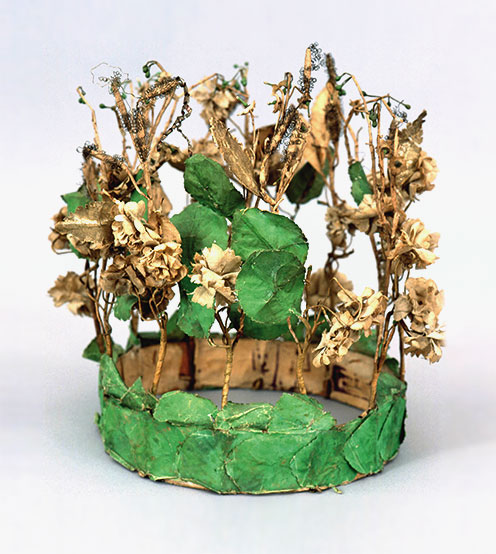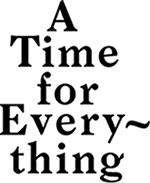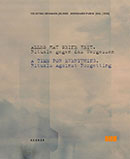Wandering
Torah Crown/Keter
Langensoultzbach, Alsace, c. 1900

-
Decorative wire, paper, cardboard, fabric
© Musée Alsacien
A portion of the Torah (law), the Five Books of Moses, is read in the synagogue every Sabbath during the religious service. Transcribed by hand, the Torah is often the most precious possession of smaller congregations. Because the Hebrew text is sacred, the Torah is treated with extreme care and reverence. It is considered a great honor to take the scroll out of its Ark and to remove the mantle.
Every congregation tries to acquire the most precious ritual objects they can for their synagogue. Torah scrolls each have their own decorations. In contrast to the Torah mantle or wimpel, which serve primarily to protect the precious scrolls, the Torah crown is purely decorative. It underlines the significance of the Torah as holy script, as it "crowns" the word of God.
Simchat Torah is a celebration of God's giving the Ten Commandments to Moses during the wandering of the Israelites in the desert. During this joyful festival, both the last portion of Deuteronomy (fifth Book of Moses) and the first portion of Genesis (first Book of Moses) are read. Thus this service links the end of the yearly reading of the Torah with the beginning of a new year. The end of the wandering in the desert is followed by the creation of the world and a new annual cycle begins.
Most ritual objects are made of metal. The Torah crown shown here, however, is made of delicate, fragile materials such as paper, cardboard, and fabric. It is extremely unusual that such a keter could survive more than a century undamaged. It is from the small Alsace town of Langensoultzbach (Langensulzbach) in the Vosges Mountains and is today stored in the Alsatian Museum in Strasbourg.



















